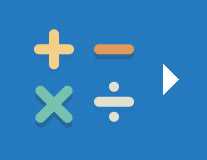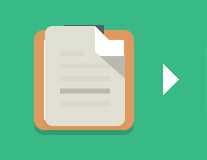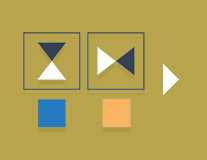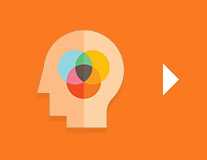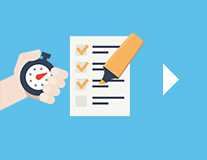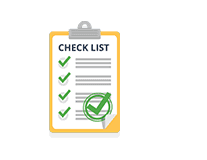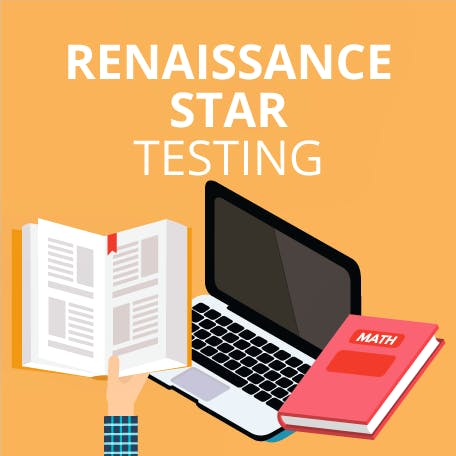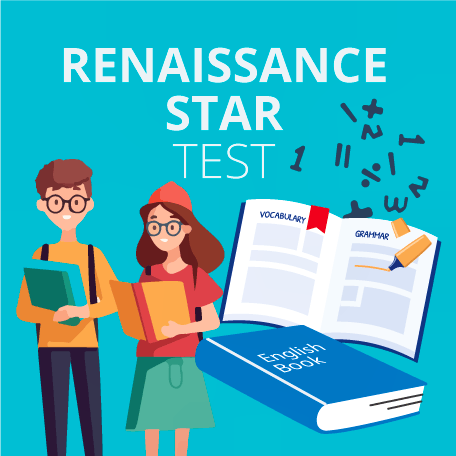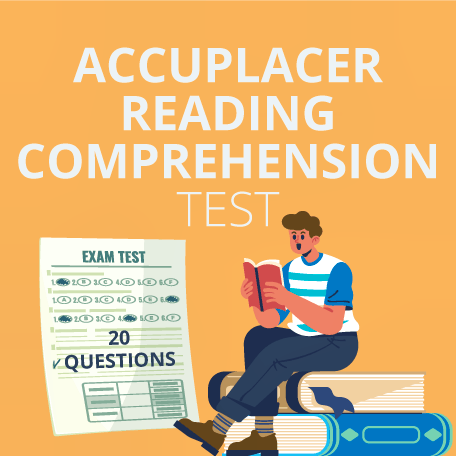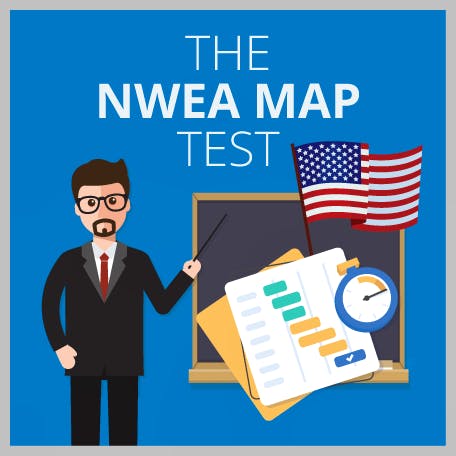Renaissance Star Early Literacy Test – Ultimate Study Guide For 2024
Updated January 29, 2024
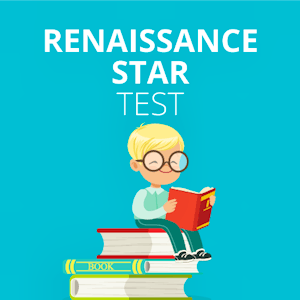
- Familiarize with the STAR Early Literacy Test Format
- STAR Early Literacy Sample Questions / STAR Early Literacy Kindergarten Practice Test
empty
empty
empty
empty
empty
- Understand the STAR Early Literacy Scores
empty
empty
empty
empty
empty
empty
- STAR Early Literacy Success Tips
- Frequently Asked Questions
- Final Thoughts

The STAR Early Literacy Test is an assessment tool used to measure children’s early literacy skills. It forms part of the wider Renaissance STAR (Standardized Test for the Assessment of Reading) assessment system by Renaissance Learning.
The STAR Early Literacy Assessment is mostly used to test students from pre-kindergarten to grade 3.
The test is designed to assess the following areas of early literacy:
- Phonemic awareness
- Phonics
- General vocabulary
- Comprehension
- Reading ability
- Early numeracy skills
STAR Early Literacy is a computer-adaptive test. This means that the difficulty of the questions adjusts according to a student’s responses.
The adaptive element of the test allows for more precise results and a better insight into a student’s overall literacy skills.
Word games are a great way to help your child prepare for the STAR Early Literacy Test.
You should also encourage your child to read daily.
You may wish to build this into their routine at certain times of the day. For example, reading before going to bed is often a good way to unwind.
If you are looking for other ways to help your child prepare, you can help them practice their time management skills, talk to them about maintaining a positive attitude towards the test and ensure they are getting sufficient rest.
Familiarize with the STAR Early Literacy Test Format
The STAR Early Literacy Test is used by teaching staff to establish individual students’ strengths and weaknesses in early literacy development.
Teachers can use data from the test to improve their instructional planning, which means they can tailor their lessons to suit the needs of their students.
Test results can also be referred to to identify individual progress and highlight areas requiring additional intervention or support.
Helping your child to become familiar with the test format is vital.
The STAR Early Literacy Test comprises 27 questions to be answered within 20 minutes.
The score range for the STAR Early Literacy Test falls between 300 and 900.
If a student needs to take a break during the test, teachers can pause it and allow them to resume it later using the “pause” function.
All of the STAR Early Literacy Test questions are multiple-choice and fall into the following categories:
- Alphabetic Principle (Pre-K to K) – Relationships between written letters and spoken sounds
- Concept of Word (Pre-K to K) – Matching spoken words to written words whilst reading
- Visual Discrimination (Pre-K to K) – Detecting differences and classifying letter symbols in a verbal context
- Phonemic Awareness (Pre-K to K) – Identifying and manipulating sounds (phonemes) in spoken words
- Phonics (K to Grade 3) – Matching the sounds of spoken English with individual letters or letter groups
- Structural Analysis (Grades 1 to 3) – Dividing words into parts and understanding the meaning of words
- Vocabulary (K to Grade 3) – Understanding the meaning of words and matching them to images
- Sentence-level Comprehension (Grades 1 to 3) – Comprehension of words within sentences
- Paragraph-level Comprehension (Grades 1 to 3) – Comprehension of written passages and texts
You can help your child prepare for the test by going through these details and setting up "mock" tests. This will help them feel confident about what to expect on the test day.
STAR Early Literacy Sample Questions / STAR Early Literacy Kindergarten Practice Test
Practice assessments are one of the best ways to prepare for the STAR Early Literacy Test.
You can find STAR Early Literacy sample questions online.
Encouraging your child to complete a few STAR literacy practice test papers is an excellent way to help them feel ready for the actual test.
You can use the following sample questions as part of your child’s test preparation:
STAR Early Literacy Sample Question 1
Read the following words:
a) Ball
b) Tall
c) Ball
Which of the words is different from the others?
Choose the letter “A” from the following options:
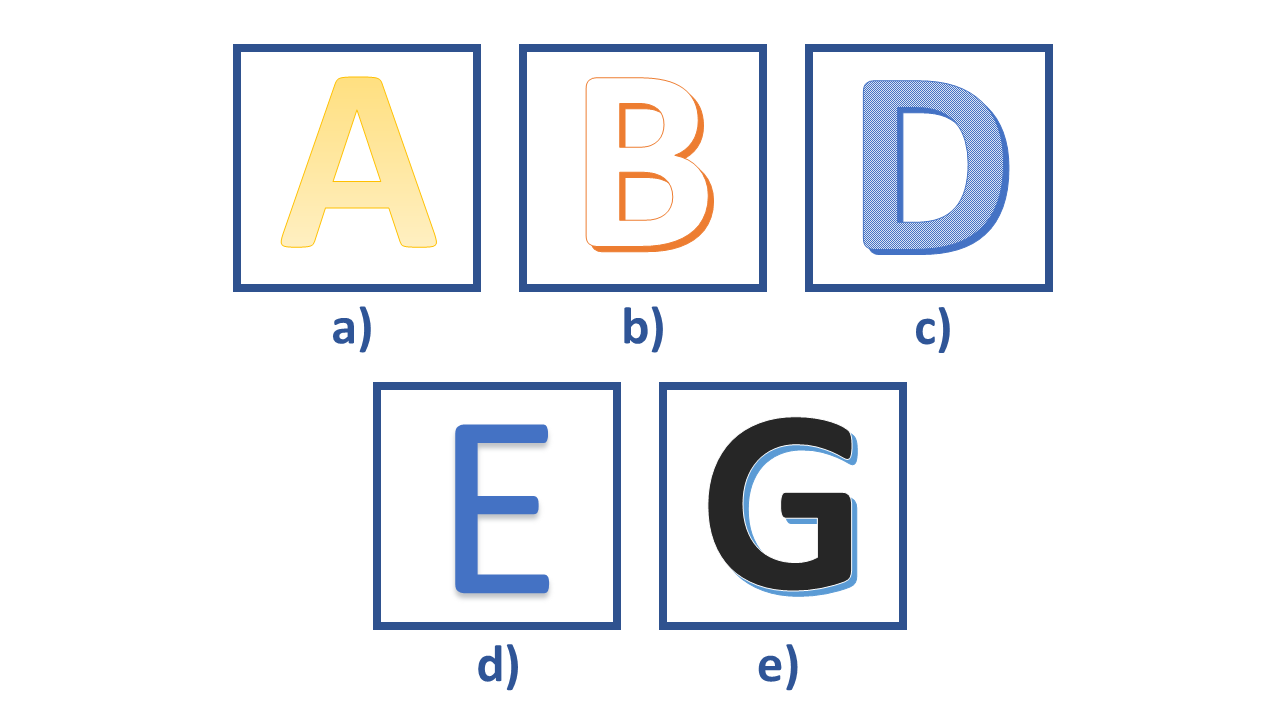
Read the following sentence:
My father, _______ was born in Spain, can speak both Spanish and English fluently.
Which word correctly completes the sentence?
a) whom
b) who
c) whose
d) which

If you want 12-month access to all the practice resources for this test, our partner TestPrep-Online.com offers a Family Membership.
Family Membership gives you access to all the TestPrep-Online resources for the next 12 months. You will also get two separate accounts, which can be very helpful if you have two children preparing for their tests.
Which of the following words rhymes with “book”?
a) Look
b) Cat
c) Dog
d) Chair
What is the beginning sound of the word “call”?
a) B
b) C
c) D
d) L
Understand the STAR Early Literacy Scores
The STAR Early Literacy Test is not a pass-or-fail assessment.
Your child’s results will provide insight into their early literacy abilities, and their teacher can use them to help support their educational development.
As mentioned above, the STAR Early Literacy Test is computer-adaptive. This means that if a student gives an incorrect answer, the difficulty level of the next question will be lower.
STAR Early Literacy Test results are presented in the following ways:
Scaled scores
This is a numerical representation of the student’s overall performance compared to others in their peer group. It is adjusted in line with the difficulty of the questions posed during the test.
Scaled scores are normalized to have a mean average of 500 and a standard deviation of 100.
Students within each school grade are expected to have test scores falling within a different score range. For example, STAR early literacy scores kindergarten are expected to fall in a different range to STAR early literacy scores third grade.
ZPD (Zone of Proximal Development)
This shows the student’s optimal learning level and allows their teacher to tailor instructional materials and teaching methods to their needs.
Percentile Rank
This shows where the student’s scaled score sits when compared with a national or norm group of students. For example, if a student’s percentile rank is 80, they performed better than 80% of students in the norm group.
GE (Grade Eqiuvalent)
This offers a way to interpret the student’s performance in terms of their school grade level. A GE of 2.5 suggests the student’s performance is comparable with a typical student in the second half of the second grade. 3.5 second half of the third grade.
Instructional Reading Level
This shows the difficulty of the text that a student is likely to be able to understand. It can help teachers select the most appropriate reading materials for their students.
Subtest Scores
These are individual scores for each subtest. This information helps to pinpoint any areas of strength or weakness in a student’s overall literacy abilities.
Understanding the STAR Early Literacy scoring system is vital. You can use this information to interpret your child’s test results and use them to help them prepare for their next test.
STAR Early Literacy Success Tips
Step 1. Reading
Reading various materials is critical to boosting your child’s overall literacy, so you should encourage them to read a combination of books, magazines, journals and newspapers.
Talk to them about what they have read to gauge their comprehension. For example, if they are reading a fiction book, ask them to describe the main character or see if they can tell you what happened at the story's beginning, middle and end.
Step 2. Playing Word Games
Help your child to have fun as part of their preparation by playing word games with them.
Whether you prefer board games such as Scrabble or online word games, try out plenty of options to see which ones they are most engaged with.
Word games are a great way to help your child improve their spelling, letter recognition and understanding of concepts such as rhyming words.
Step 3. Work on Time Management
You should also help your child to improve their overall time management. They will be expected to complete the STAR Literacy Test under timed test conditions, so they must understand the importance of working through the questions quickly but accurately.
Consider setting a timer to see how many practice questions they can answer correctly within a given timeframe. You can find STAR Early Literacy Kindergarten Practice Test free papers on websites like TestPrepOnline.
Step 4. Maintain a Positive Attitude
Every parent wants their child to do well, but it is crucial to maintain a positive attitude about the test.
Whilst it is important that you encourage your child, you want to avoid putting too much pressure on them.
Build time for social activities and fun into your study schedule to ensure they still have time to keep up with their hobbies and see their friends.
Step 5. Prioritise Rest and Healthy Habits
Feeling well-rested and hydrated is another essential aspect of your child’s test preparation.
You should help your child to maintain healthy habits in the days leading up to their test.
Encourage them to go to bed on time the night before the test, and ensure you serve a healthy, nutritious breakfast on the morning of the test.
The STAR early literacy test covers phonemic awareness, phonics, vocabulary, comprehension, text reading, alphabet knowledge, concepts about print, sentence structure and listening comprehension. The content of the test varies depending on the age of the child being assessed.
500 is the average scaled score on the STAR Literacy Test. Your child’s results will be presented in several ways, including the percentile rank and grade equivalent.
The star early literacy score is not a pass-or-fail test. Your child’s results will be used to help their teacher to support their learning needs better. As such, this test has no set “good” score.
Star Early Literacy is considered a respectable early literacy assessment option.
It is simple to use and supports almost instant report generation.
The test is generally considered accurate, although its overall accuracy relies on several external factors, including the student’s ability to use computer equipment to answer the questions.
The star reading test is an assessment tool used to evaluate and measure student’s reading skills. Many schools and other education settings use it to assess reading levels and comprehension. It is most prevalent in primary and secondary schools.
Star early literacy is aimed at students in early childhood and elementary school (pre-kindergarten to third grade).
Star early literacy is an assessment tool schools use to evaluate and measure early literacy skills in young learners.
Both star reading and star early literacy are tests developed by Renaissance Learning.
Star reading is designed to assess and measure reading skills in students from kindergarten to high school.
In contrast, Star Early Literacy is designed to assess early literacy skills in young learners in pre-kindergarten to third grade.
Final Thoughts
The most effective way to help your child prepare for the STAR Early Literacy Test is to provide ongoing support and engagement in literacy activities.
While it is important to help prepare them for the test, you should also prioritize encouraging a love of reading as this will help boost their overall early literacy skills.
If your child is taking the STAR Early Literacy Test, it is vital that you check whether their school has specific guidelines or materials for the test.



